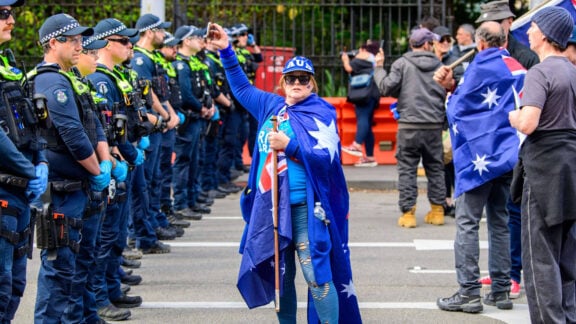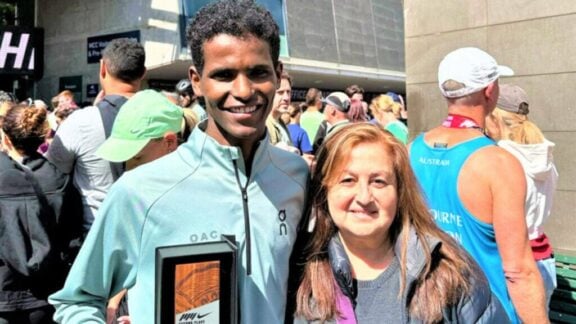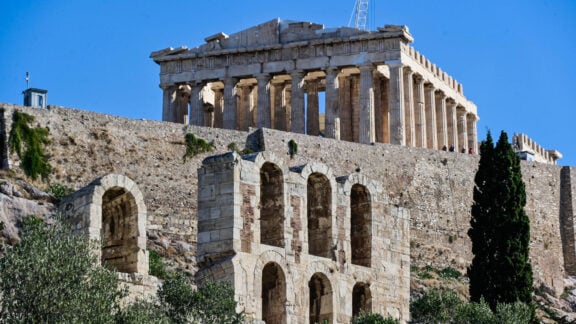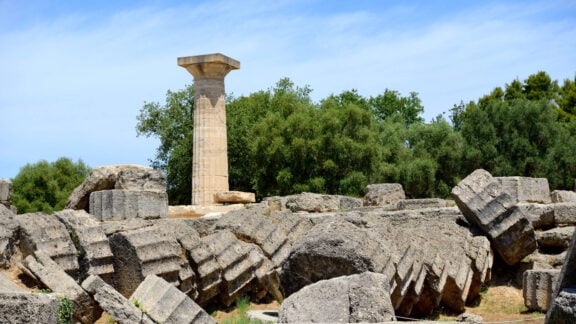The Greek community has missed an opportunity to make the wider Australian public aware of the “catastrophe of Smyrna” which occurred one hundred years ago this September.
We all take pride in reminding everyone of our history, but it’s usually our ancient history we refer to from 2500 years ago.
What of modern events? Those within the lifetime of our parents, or grandparents. Even today there might be people still alive in this country that survived the events of 1922 in Smyrna and in surrounding areas, where thousands were killed and eventually led to the biggest forced exchange of people in the world until 1947 when Pakistan was formed in the Partition.
I am disappointed we didn’t organise coordinated events to attract national attention and awareness of what happened in 1922, the beginning of the end of Greek presence in Asia Minor after thousands of years.
No opinions in our major newspapers have been published, and I presume none were written.
Greece’s population increasing almost overnight as hundreds of thousands of refugees settled there after fleeing Asia Minor. They brought new traditions, foods and music.
I saw reports in Greek papers like the articles by Billy Cotsis writing about Asa Kent Jennings the American who saved thousands of Greeks and Jim Claven with his piece about the little known Australian George Treloar, who helped the refugees entering Greece from Asia Minor.
I did hear a very good radio interview on ABC radio with Professor Vrasidas Karalis giving a 20 minute background to what occurred in Smyrna.
However, I thought there would’ve been articles in the non-Greek media about the destruction of Smyrna, the massacres, kidnapping of children, systematic rapes and looting of houses and businesses. Then how the city was destroyed by a fire intentionally lit by Turkish troops who had entered the city, led by their commander Kemal Ataturk.
The reasons to have these tragic events known outside our community is make people aware that millions of people either classified themselves as Greek, or of Greek origin lived for centuries in Asia Minor. Their history is still on display in Turkey with countless archaeological ruins, and villages abandoned as their inhabitants were forced to leave as refugees with just their bare necessities. Many of them were robbed while trying to flee.
Australia also has a connection to Smyrna and the Anzacs at Gallipoli. The commander of the Turkish troops Kemal Ataturk in 1915 fought against the Allies, including Anzacs. In September 1922 as the leader of a new Turkey breaking away from the Ottoman Empire, and keen to modernise Turkey, sought to ensure that only those of the Muslim faith would live there. If anyone didn’t convert would have to leave.
The biggest exchange of populations ever to occur till that time resulted in two million people forcibly removed from their homes – Greek Orthodox left for Greece and Muslims in Greece were forced to leave for Turkey.
At the same time, Ataturk forced hundreds of thousands to march into the interior of Turkey, towards Syria, many of them Armenians and Assyrians with a huge number dying on the way due to hunger, or murdered.
I wonder if Australians would still regard Ataturk so highly if they knew about his association with ordering the destruction of the cosmopolitan city of Smyrna? ,
Or if his association with massacres, systematic looting, rapes and forced marches would endear him to Australians? Would calls come to remove memorials we currently have to him in Australia?
I doubt the Jewish community would allow the centenary of Kristallnacht to pass without a public acknowledgement of the event with books, articles, documentaries, interviews and other forms to make the public aware.
Yet we seem to have let our opportunity to help educate the Australian public about this catastrophe slip. Maybe at the bicentenary we might be better prepared.









